MEASUREMENTS
MATERIALS: 7 x 50g balls Panda Regal 4ply; 4.00mm crochet hook or size required to give correct tension; knitter’s needle for finishing ends.
TENSION: This poncho has been designed at a tension of 3 patts to 8cm and 6 rows to 10cm over patt, using 4.00mm hook.
ABBREVIATIONS:
alt = alternate; approx = approximately; beg = begin/ning; ch = chain; ch sp/s = chain space/s; cm = centimetres; cont = continue; ‘Crab St’ = work as for dc but working from left to right instead of right to left so that sts are worked backwards; dc = double crochet; dec = decrease, decreasing; dtr = double treble; foll = follows, following; inc = increase, increasing; incl = inclusive, including; lp/s = loop/s; patt = pattern; rem = remain/ing; rep = repeat; sl = slip; sl st = slip stitch; sp/s = space/s; st/s = stitch/es; tog = together; tr = treble; yoh = yarn over hook.
Foundation chain = the length of chain made at the beginning of a piece of crochet as a basis for constructing the fabric.
Turning chain = one or more chains, depending upon the length of stitch required, worked at the beginning of a row.
SPECIAL ABBREVIATION
‘Pair’ = (yoh) twice and draw up a lp in next st, (yoh and draw through 2 lps on hook) twice, miss 4ch, rep from to once, yoh and draw through all 3 lps on hook.

PONCHO (worked in one piece, beg at lower back edge)
NOTE: This stitch is much easier to keep correct once you have worked a few repeats. As it better to learn over 15cm of ch rather than 104cm, we strongly recommend you work a sample square to familiarize yourself with the stitch as well as to check your tension.
Work your sample square as folls: Using 4.00mm hook, make 41ch.
Work 9 rows patt. Fasten off.
CROCHET PONCHO
Using 4.00mm hook, make 233 ch.
1st Row: Miss 6ch, 1dtr in next ch, ‘Pair’, 4ch, 1dtr in same ch as 2nd part of Pair, rep from to last 4ch, ‘Pair’ working 2nd part of Pair into last ch … 37.5 patts.
2nd Row: 6ch, 1dtr in first st, ‘Pair’, 4ch, 1dtr in same st as 2nd part of Pair, rep from to last dtr and turning ch lp, ‘Pair’ working 2nd part of Pair into 3rd ch of turning ch lp.
Last row forms patt for rem.
Cont in patt until work measures 42cm from beg.
DIVIDE FOR NECK OPENING:
1st Row: 6ch, 1dtr in first st, (‘Pair’, 4ch, 1dtr in same st as 2nd part of Pair) 13 times, ‘Pair’, turn.
Cont on these 14 patts for side of neck.
2nd Row: 6ch, 1dtr in first st, ‘Pair’, patt to end.
3rd Row: Patt to last dtr and turning ch lp, ‘Pair’ working 2nd part of Pair into 3rd ch of turning ch lp, 4ch, 2dtr in same ch as 2nd leg of Pair, make 47ch for front of neck, fasten off.
With right side facing, miss (next nine 4 ch sps and top of Pair) at back neck, join yarn with sl st in top of next dtr, 4ch, miss 4ch, (1dtr, 4ch, 1dtr) in top of next Pair, ‘Pair’, patt to end.
Cont on these 14 patts for side of neck.
2nd Row: Patt to last (dtr, 4ch, dtr and turning ch), ‘Pair’ working 2nd part of Pair into 2nd dtr, 4ch, 1dtr in same place as 2nd part of Pair, turn.
3rd Row: 8ch, 1dtr in first dtr, ‘Pair’ working first part of Pair into same place as dtr, patt to end.
Attach end of extra neck ch to 4th ch of turning ch lp, taking care not to twist ch.
4th Row: Patt to last dtr and turning ch lp, ‘Pair’ working 2nd part of Pair into same ch of turning ch lp as join, 4ch, 1dtr in same ch as 2nd part of Pair, then working across extra neck ch, (‘Pair’, 4ch, 1dtr in same ch as 2nd part of Pair) 7 times, ‘Pair’ working 2nd part of Pair into dtr, 1dtr in same place as 2nd part of Pair, patt to end.
Cont in patt until work measures 42cm from extra ch at neck edge.
Fasten off.
TO FINISH:
With right side facing and using 4.00mm hook , work 3 rounds dc and 1 round ‘Crab St’ evenly around neck edge, inc or dec as necessary to keep work flat. Fasten off. With right side facing and using 4.00mm hook, work 3 rounds dc and 1 round ‘Crab St’ evenly around outer edge of poncho, inc at corners, and inc or dec as necessary to keep work flat. Fasten off.



.png?resize=380%2C285)
.jpg?resize=380%2C285)




.png?resize=380%2C285)

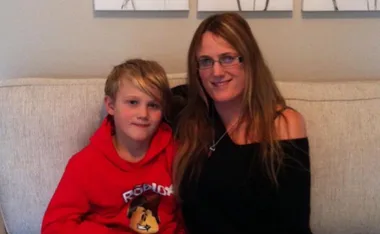






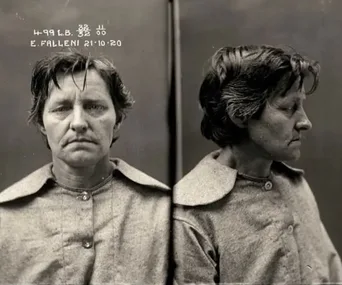





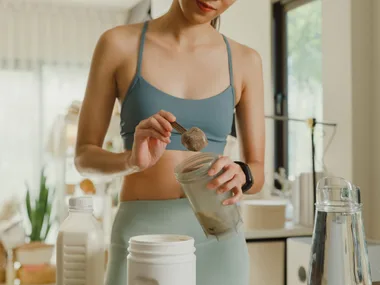

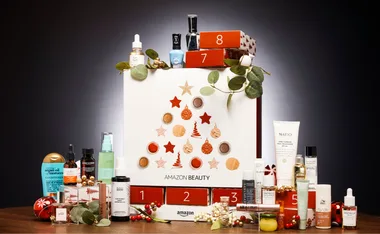

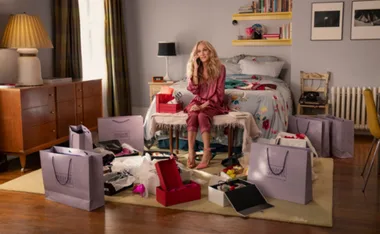













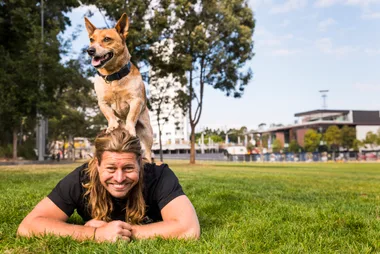











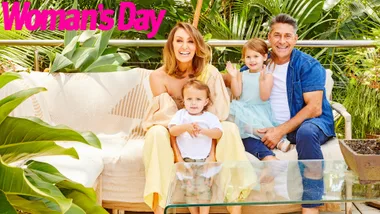





.jpg?resize=380%2C285)
